
[ad_1]
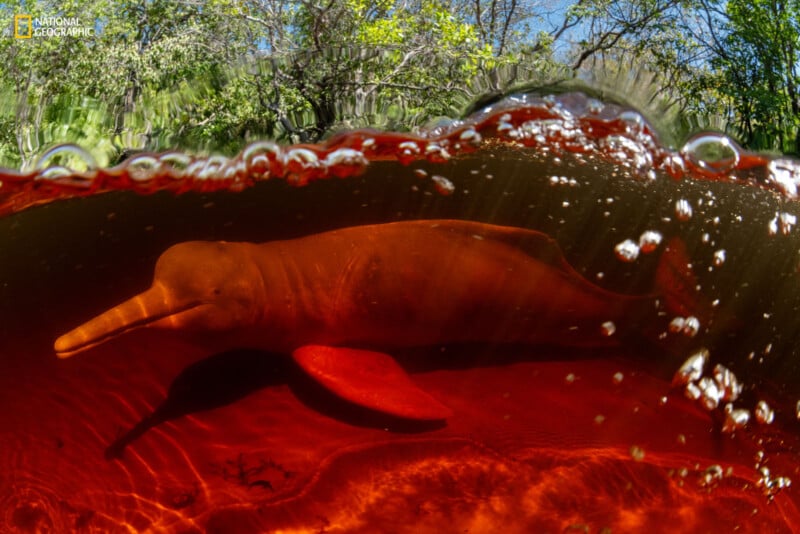
National Geographic‘s new interactive digital experience, Into the Amazon, is a visually splendid journey through the Amazon’s diverse ecosystems and took years of work by 17 National Geographic Explorers to create.
The Explorers traveled across 4,000 miles in six countries, investigating the Amazon River Basin’s people, animals, and places, which supports the livelihoods of some 40 million people. The trip takes viewers from the Atlantic Ocean to the top of the Andes and relies upon a “skim, swim, dive” content approach. Beyond the many beautiful photographs, the immersive experience includes 3D content, cutting-edge visuals, and detailed scientific reporting.
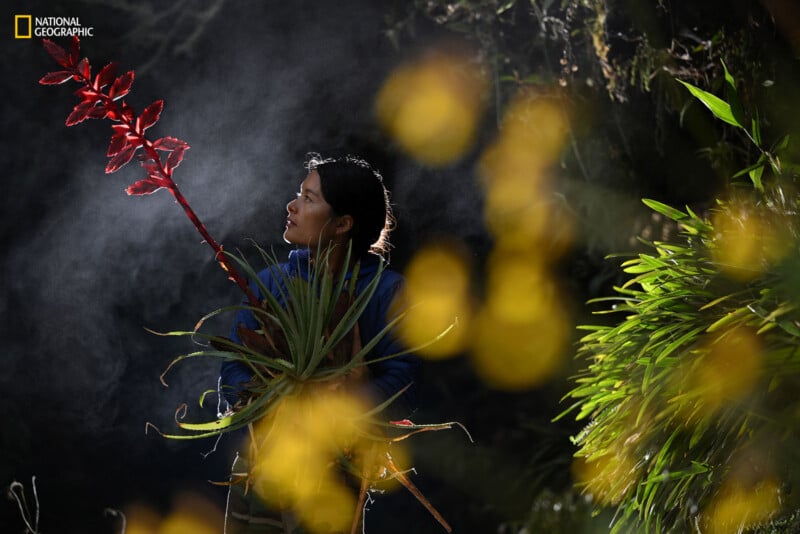
“Our goal for this digital experience was to push the possibilities of storytelling and to make seeing and witnessing the splendor of the Amazon accessible to everyone. We aimed to marry information-rich graphics and mapping with stunning photography by Thomas Peschak — who spent nearly 400 days in the field — as well as video and visual effects,” says Nathan Lump, editor-in-chief of National Geographic.
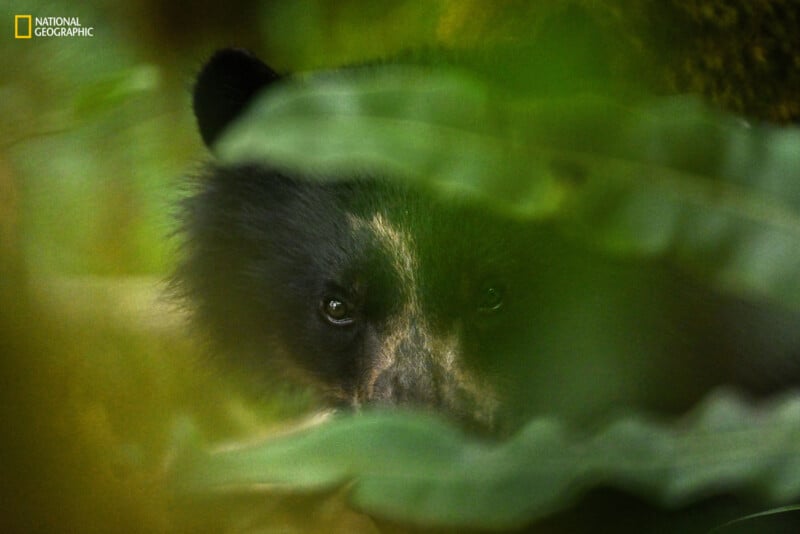
The result is a highly engaging and visually stunning journey through Amazonia that satisfies different types of users, from those who want to get an overall feel for the importance of this region to those who want to dive deeper into its many fascinating aspects. No matter how you interact with this experience, you’ll walk away with a key learning: We need Amazonia, and Amazonia needs us. This is the latest example of how we at National Geographic are leveraging the possibilities of multimedia content and digital platforms to create user experiences that bring the world to life in compelling new ways.”
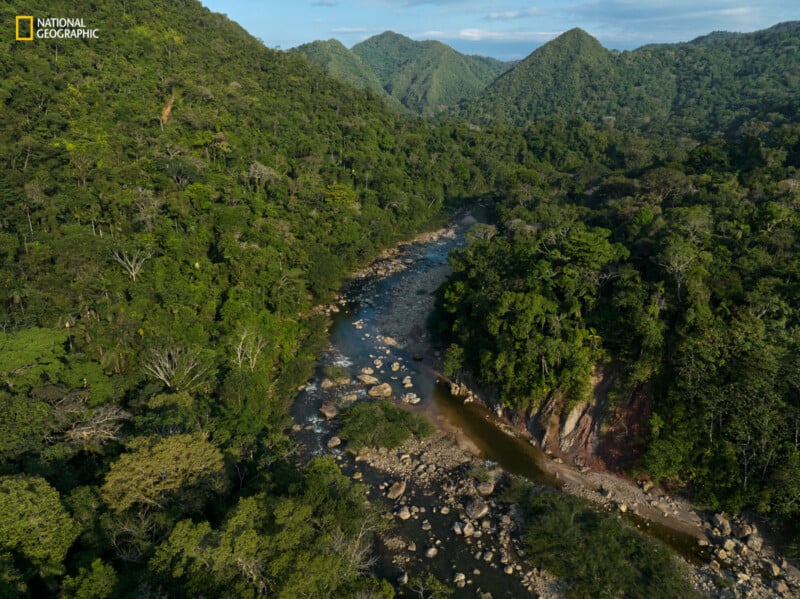
Into the Amazon is a brilliant, beautiful visual exploration of one of the world’s most diverse and vital ecosystems. It is an excellent example of how photography can help connect people to a place, even if they live thousands of miles away.
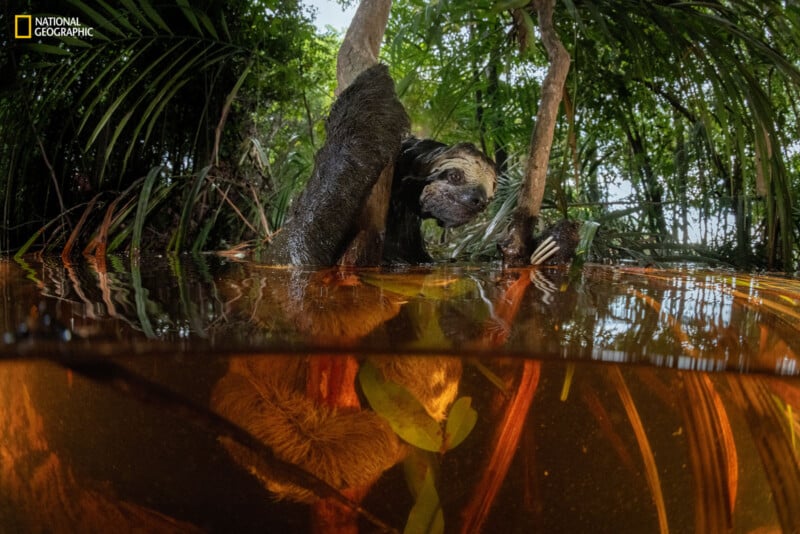
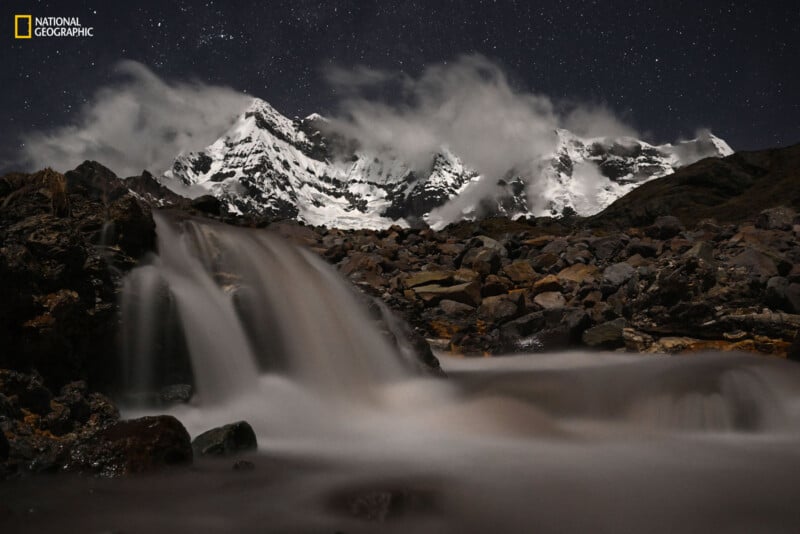
It is also a labor of love. Nat Geo photographer Tom Peschak spent nearly 400 days in the Amazon for the project. He read almost 2,000 scientific papers and books to prepare for the work, learned six languages for essential communication, received over a hundred bee and wasp stings, and carried approximately 1,200 pounds of gear during the expedition (obviously with help).
![]()
![]()
Alongside the digital interactive, the October issue of the National Geographic magazine is solely focused on the massive project. Beyond this, there is also an accompanying Expedition Amazon documentary premiering on Nat Geo on October 10th and arriving on Disney+ and Hulu the following day. Plus, a YouTube Originals series is launching on September 23rd.
Image credits: National Geographic. ‘Into the Amazon’ is a joint effort by National Geographic Explorers and Rolex Perpetual Planet Expedition.
[ad_2]